Multi-factor authentication (MFA) and enhanced domains are critical security features for Salesforce customers. While these features can provide robust protection against unauthorized access, they can also introduce complexity and potential problems if not properly configured. In this blog post, we will discuss three common issues that can arise if Salesforce customers enable MFA and enhanced domains incorrectly.
-
Inconsistent User Experience: One of the most common problems faced by Salesforce customers is an inconsistent user experience when enabling MFA and enhanced domains. This can lead to confusion and frustration among users who may experience different login procedures depending on their location, device, or security level.
-
Incorrect Domain Configuration: Enhanced domains require careful configuration to ensure that users are directed to the correct login page and that all security features are properly enabled. If this configuration is not done correctly, users may not be able to access the Salesforce instance at all, or they may be able to bypass security measures.
-
Lack of Support for Legacy Devices: MFA and enhanced domains often require the use of up-to-date security technologies, such as smartphones and biometric authentication. For Salesforce customers who have a large number of legacy devices, this can result in a significant investment in hardware upgrades, as well as added complexity for IT departments.
Bottom line, Salesforce customers must carefully consider the complexity and potential problems when enabling MFA and enhanced domains to ensure that these features are properly configured and supported and minimize any negative impact on user experience and security.
Pylons recommends 4 block hours to completely activate MFA and enhanced domains for your org, including consultation, recommendation, enablement, and testing.
Don't wait until it's too late to ensure the security of your critical data and systems. We’d be happy to help! Schedule a free consultation today.


